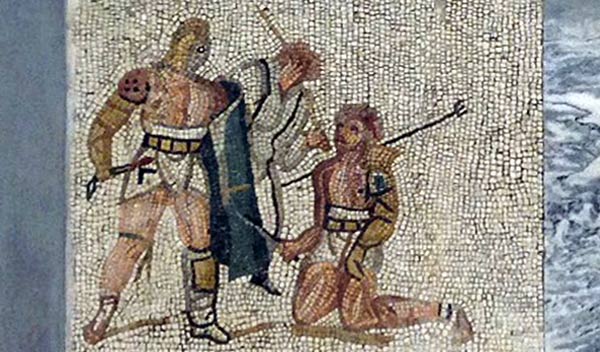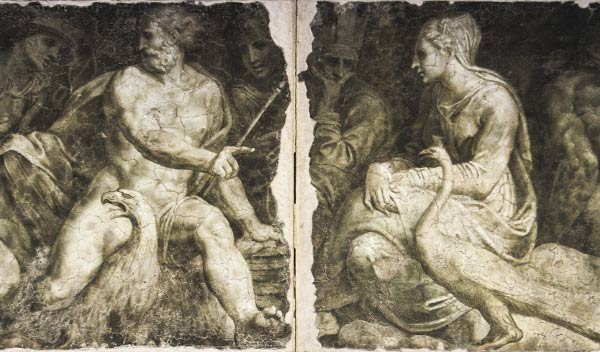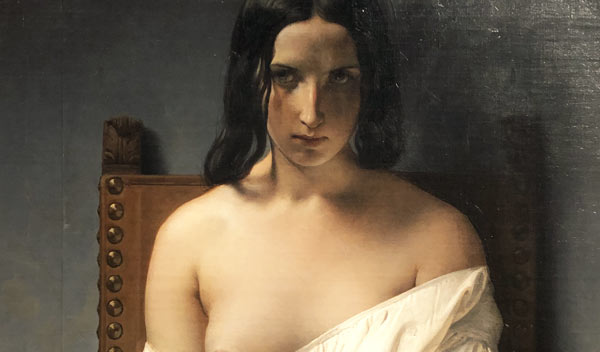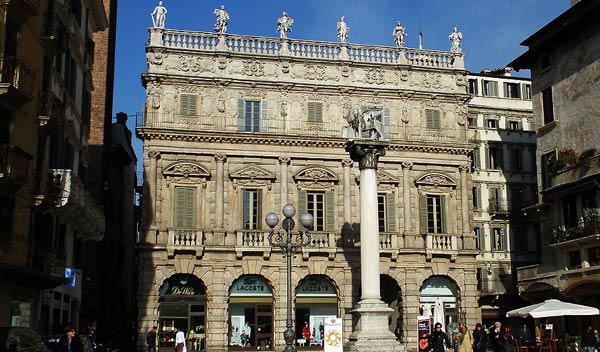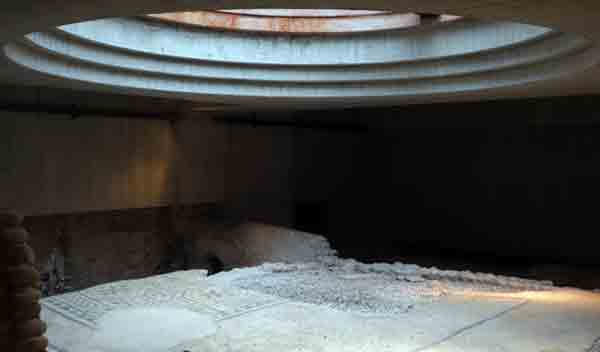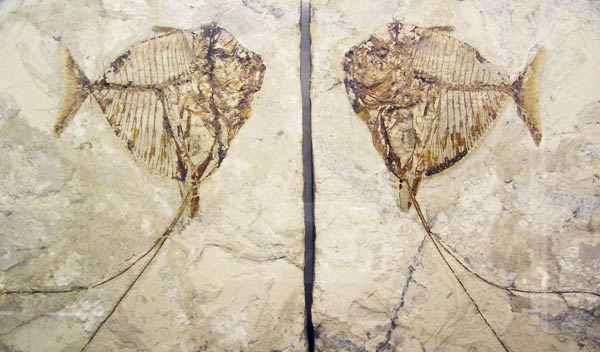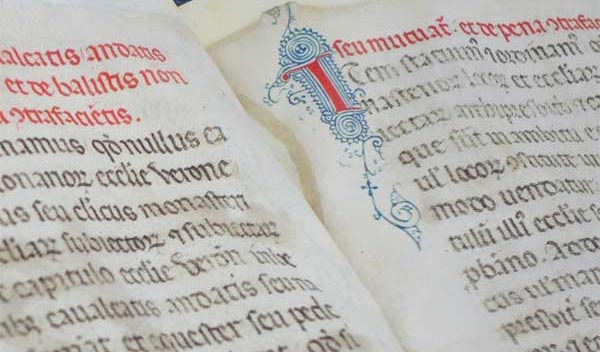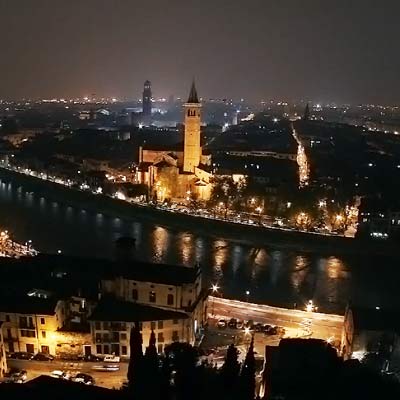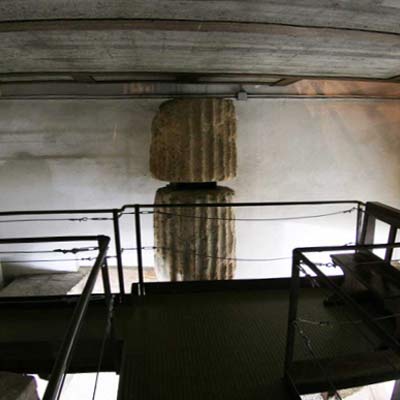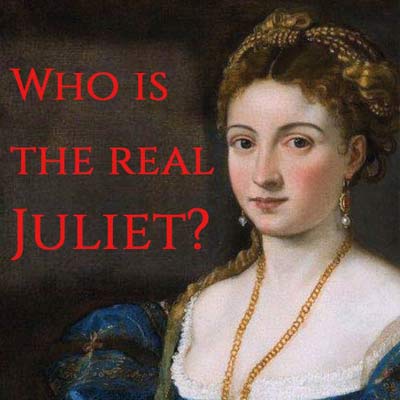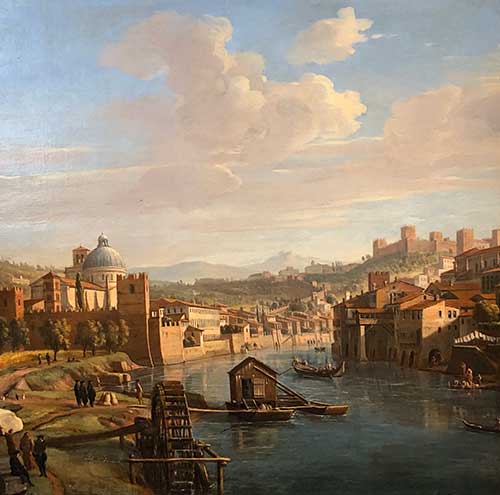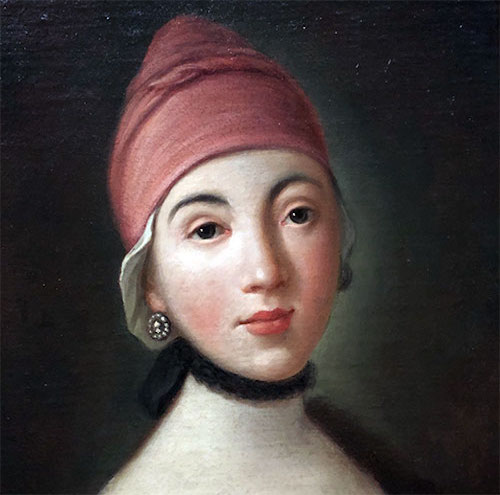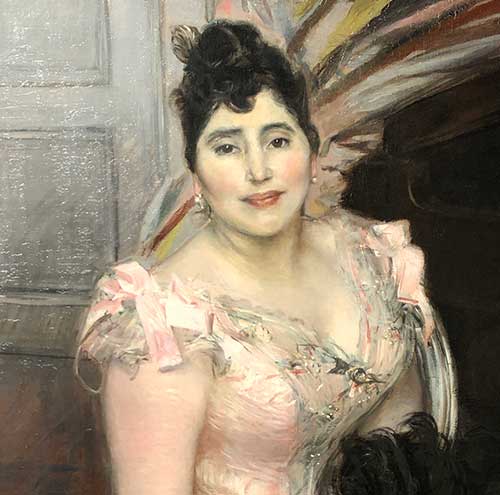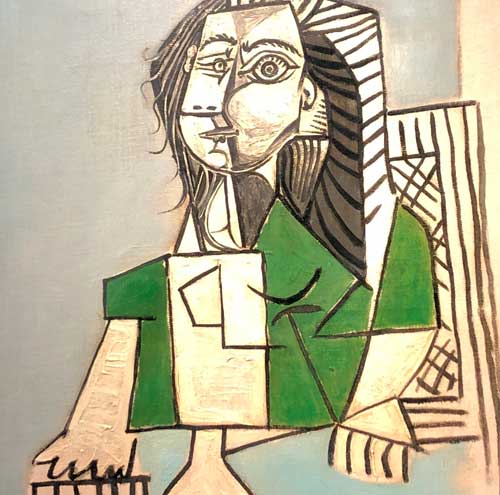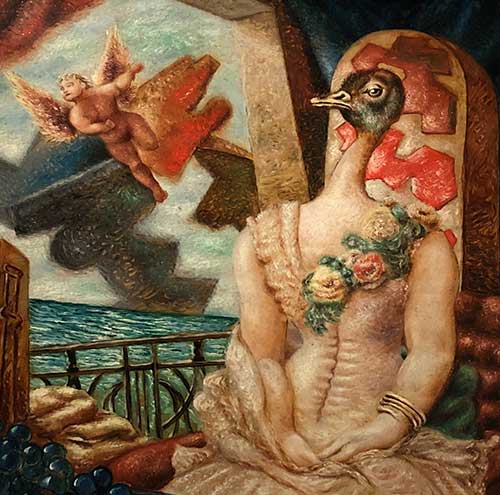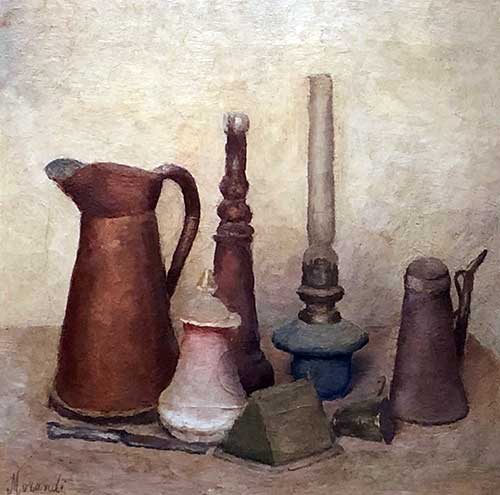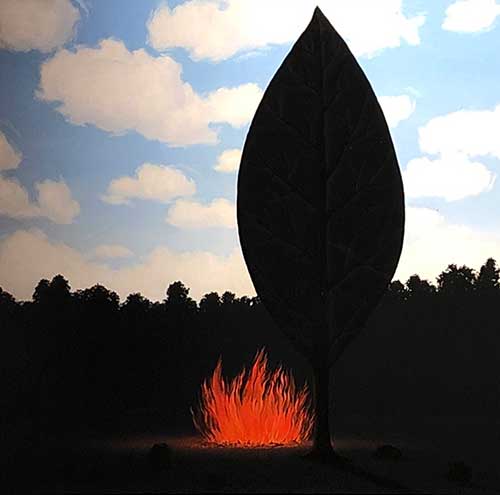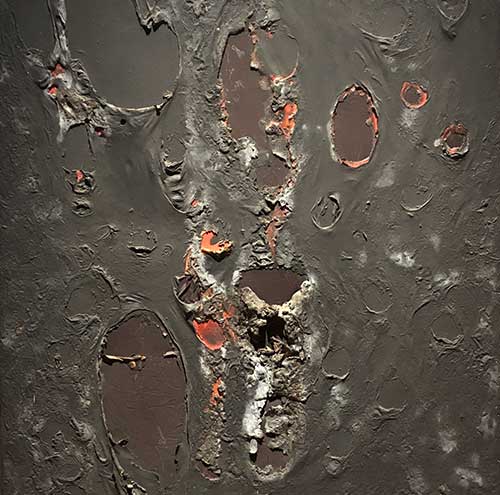Palazzo Maffei Art Gallery
The Carlon collection

he latest entry on the Veronese museum scene is the Carlon collection at Palazzo Maffei, which opened on February 15, 2020. This is one of the most extraordinary private collections of art, acquired over a period of fifty years by the Veronese entrepreneur Luigi Carlon, who decided to make it available to the public in a prestigious location: Palazzo Maffei.
Paintings, sculptures, drawings, furniture, devotional objects, furnishings and even books and prints, with works of great value over a period of time ranging from the end of the 15th century to the present day. 350 works, distributed over 18 rooms, in an exhibition area of more than 1000 square meters.
Oncoming Tours
Info & Guided Tours
Guided tours at palazzo Maffei:
+39 333 2199 645 info@veronissima.com P.I. 03616420232 C.F. CPPMHL74L13L781C
The collection reflects the personal taste of the collector but at the same time becomes an extraordinary journey through the history of Italian and European art through some of the most significant names of the artistic season in which they lived and worked.
The exhibition winds through works that, although of great historical and artistic significance, are characterized by considerable pleasantness that makes them accessible to all, experts, enthusiasts, or just curious. For its anthological character can become an effective educational tool with highly representative works of styles, avant-garde, artistic movements.
Veronese Art
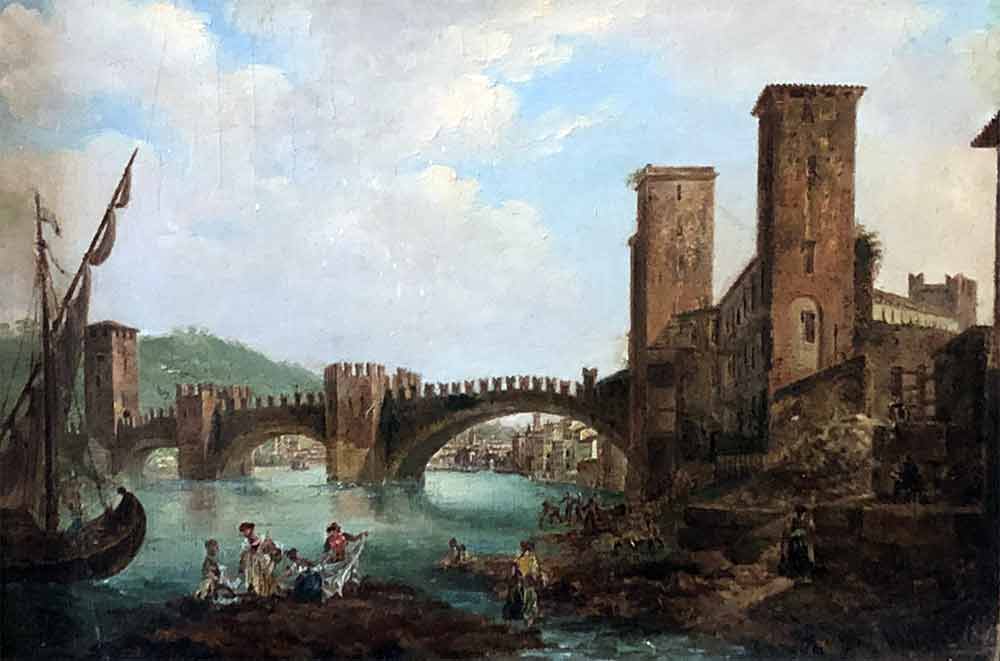
In the first rooms, dedicated to Renaissance and post-Renaissance art, the main theme is Verona, with artists who were trained here, and portrayed the city, or whose themes are somehow related to it.
Here you will find some of the big canvases that decorated the halls of noble palaces between the 1500s and 1700s, as well as portraits, depictions of Verona, with almost photographic views or idealizations of the city. Room after room, one finds works by artists who echoed in the city's churches and in the museum of Castelvecchio such as Francesco Bonsignori, Paolo Farinati, Alessandro Turchi, Simone Brentana, the Brusasorzi, and Pietro Rotari.
If you want to know more
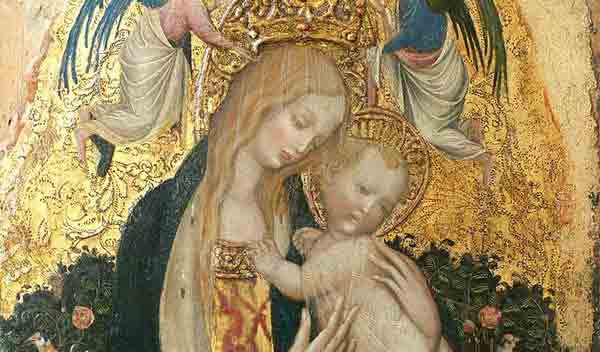
Castelvecchio Museum
VisitThe Avant-garde
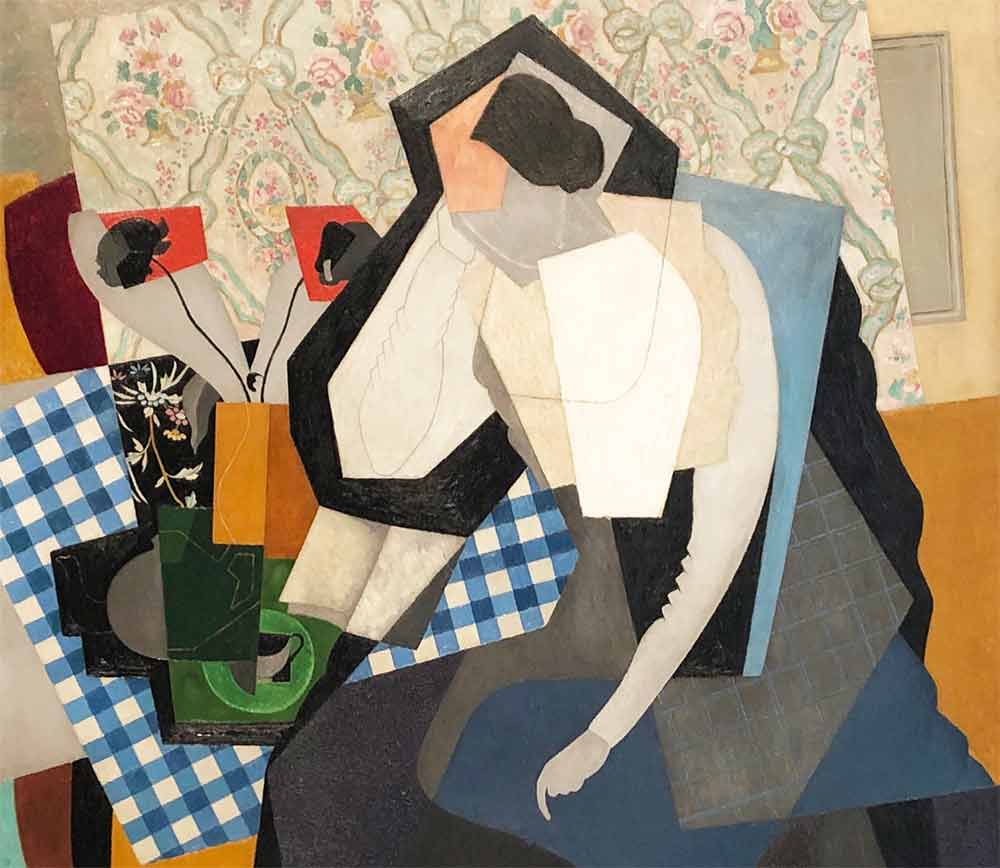
The section dedicated to the avant-gardes is extremely rich, with some of the elegant portraits of Giovanni Boldini, painter of the Belle Epoque, the Impressionist sculptures of Medardo Rosso, the Surrealism of De Chirico and Savinio, Magritte, Picasso, Du Champ. The Futurist revolution is also well represented with works by Carrà, Boccioni, Balla. And then again Morandi, Arturo Martini, Marino Marini.
Post war period
Equally rich is the section of avant-garde works from the post-World War II period, which includes some of Burri's significant combustions, Fontana's spatialism with his famous cuts, the Italian informal season with Capogrossi and Vedova, and the conceptual art of Manzoni.
In closing some authors of the most recent artistic actuality as Leandro Erlich and Arcangelo Sassolino.
The Exhibition
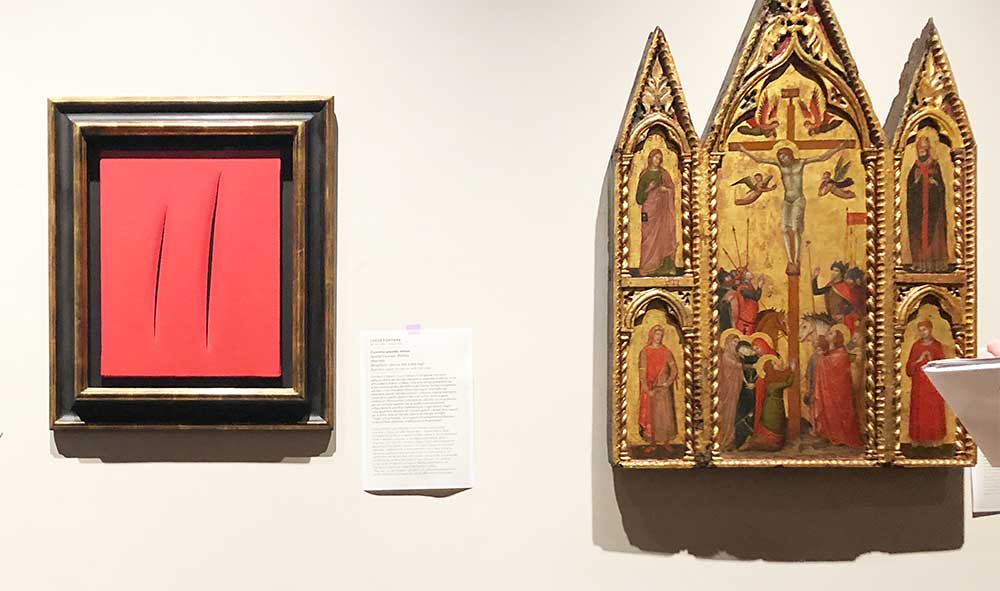
The exhibition has been designed to differentiate from the typical museum setting and to reconstruct the domestic context in which this collection was born. The works of art follow a chronological and stylistic path, but they can also be found placed side by side according to a theme or a personal meaning. You may find yourseld faced with unusual juxtapositions, with a spatial concept by Fontana next to a Medieval crucifixion, or a seventeenth-century still life surrounded by deconstructed and cubist still lives.
Some rooms are literally furnished, with designer furniture and, telling us how a certain period and an artistic style influence the entire lifestyle of an era.
As we move towards the contemporary art, the environment becomes more minimalist, with white rooms against which the contrasting artworks stand out.
The intimate spaces and the absence of barriers between the visitor and the painting allow for an extraordinarily close and intimate experience with the masterpieces on display.
The building
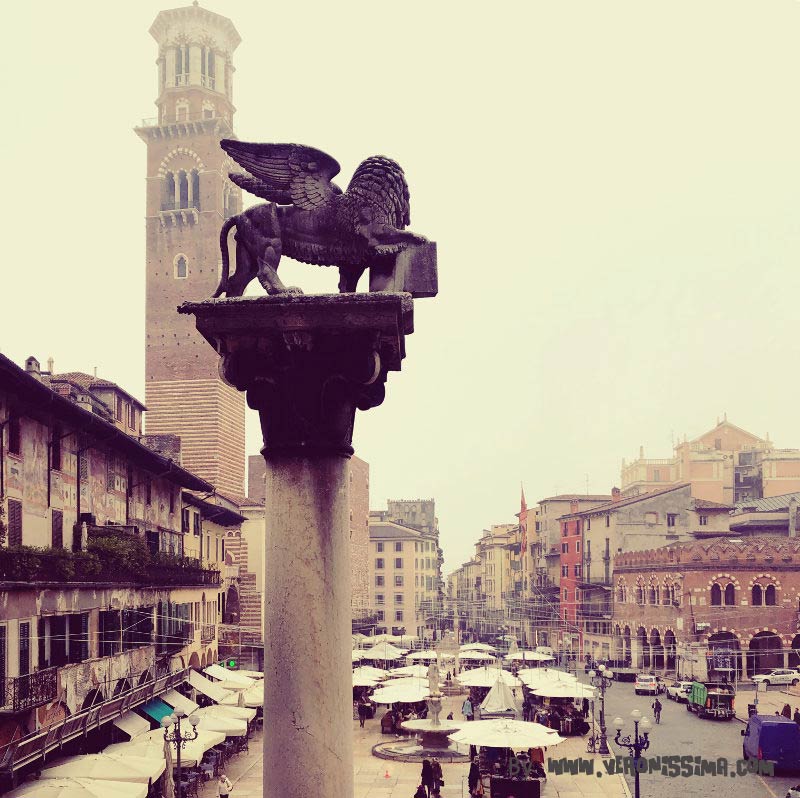
Palazzo Maffei with its magnificent monumentality closes one of the sides of Piazza delle Erbe, the ancient Roman forum, and still today the historical heart of Verona.
From the windows of the exhibtions halls you can enjoy unusual views of the square.
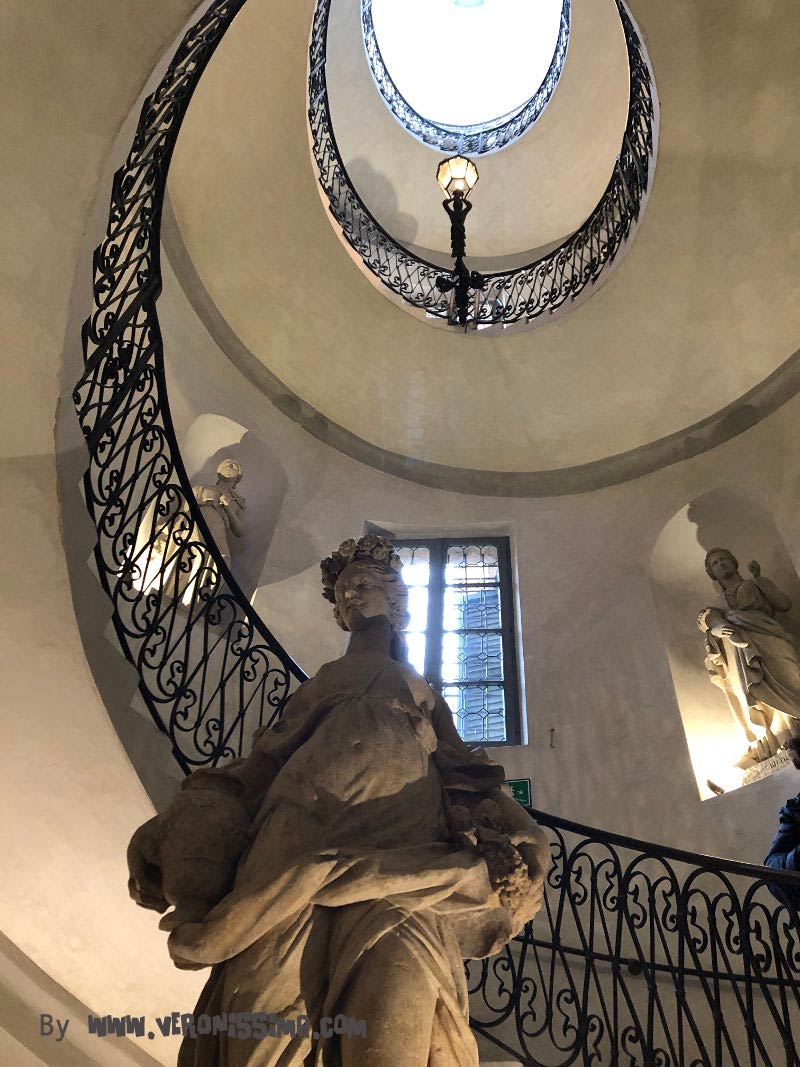
Access to the exhibition area is via the fascinating helical staircase that runs through the building without any central support, topped by a lantern-like window that casts a soft, unreal light from above.
The imposing building represents a unicum in the architectural panorama of the city, normally more composed, so much so that it is believed that the project may have been carried out by some architect from Rome, where the Maffei family had connections and acquaintances. The building, about which we don't have much information, was probably built around 1626. Works were slowed down by the great plague of 1630, but in 1663 it must have been finished.
The Baroque Style
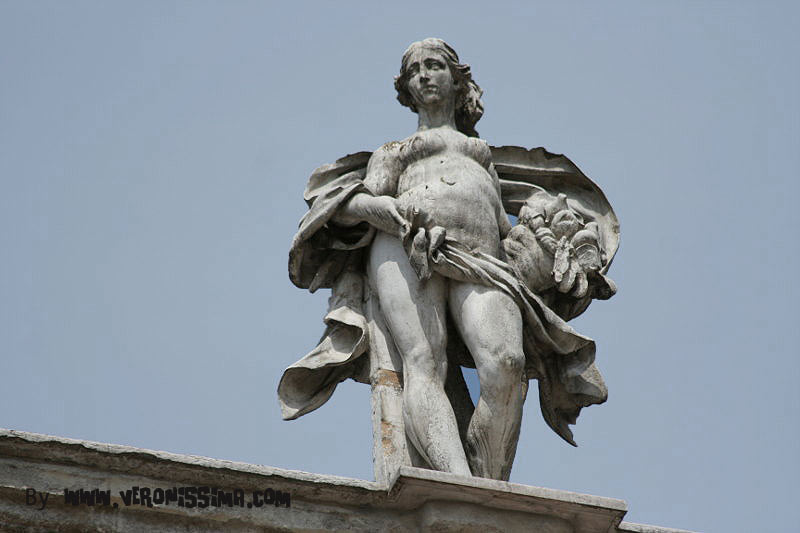
In the seventeenth century, Verona had been under Venetian rule for more than two centuries and had lost its political centrality. Consequently, although it continued to produce important artistic figures, it was no longer able to be a guide in the cultural field as it had been in the communal and Scaliger eras.
The Baroque revolution arrived in Verona as well, though without a convinced and leading role, especially in architecture, where the influence of Renaissance architect Michele Sanmicheli continued to prevail, with more composed and classical style.
Palazzo Maffei, with its sumptuous and elaborate facade, was an absolute and sensational novelty in the city's urban planning.
The palace, with one of those "inventions" typical of the baroque, wants to be a plastic representation of the history and evolution of architecture. The facade of each floor represents a different architectural style. The ground floor with its rusticated ashlars in Tuscan style. In the main floor classical elements are added such as gables at the windows and columns with composite capitals, and finally, the upper floor is enriched with elaborate reliefs typical of Baroque decoration.
On the balustrade are placed statues depicting Greek-Roman deities. Almost a tribute, although at the time of construction they did not know it, to the original function of this urban space in Roman times.
The Capitolium
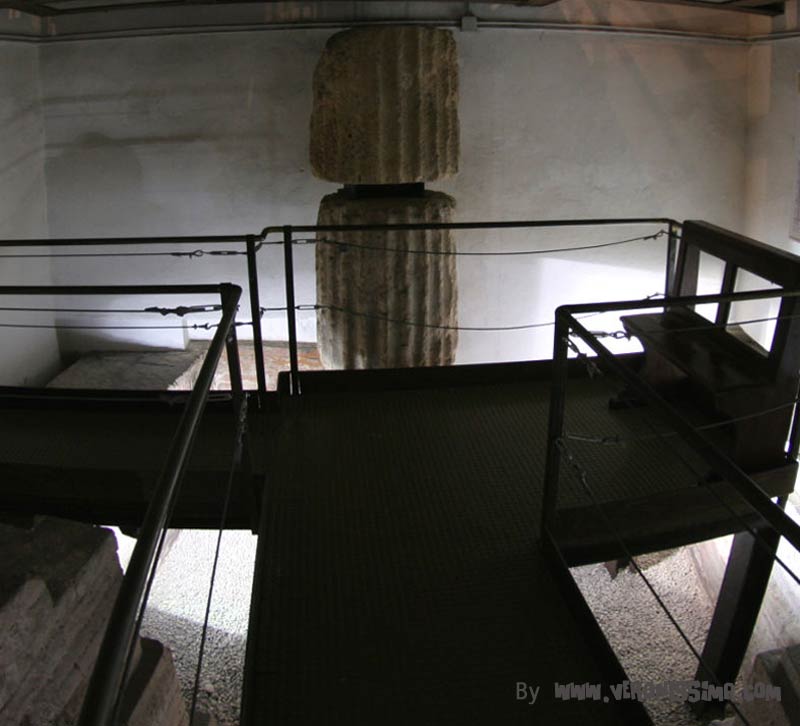
Palazzo Maffei sorge infatti sul luogo in cui in epoca romana si trovava il Capitolium, il principale tempio della città, dedicato a Giove, Giunone e Minerva. Tutt'ora, nelle cantine del prestigioso ristorante che occupa parte del pianterreno e il bel cortile interno del palazzo, si possono ammirare i resti di muratura appartenenti all'imponente edificio risalente all'epoca romana e che si estendeva fino all'adiacente Corte Sgarzerie.
Il sito è inserito negli itinerari guidati alla scoperta della Verona sotterranea.
Le statue di divinità greco-romane che decorano la bella balaustra del terrazzo di Palazzo Maffei sembrano ricordarci l'antico tempio e quasi imitano il colpo d'occhio sul foro che il visitatore, entrando in città dal cardo massimo (l'attuale via Cappello), probabilmente aveva della piazza.
If you want to know more

Verona underground tour
VisitPalazzo Maffei is located in Piazza Erbe, a must for every guided tour in Verona and an integral part of the visit to the old town. The inner courtyard is accessible and, for small groups and outside of lunch and dinner hours, you can als access the Roman remains preserved in the restaurant on the ground floor.
Info & Guided Tours
Info & guided tours at Palazzo Maffei:
Open from Monday to Friday: 10.00 - 18.00
Saturday, Sunday and holidays: 11.00 - 19.00
Last admission one hour before closing.

 IT
IT 日本
日本 DE
DE FR
FR 中文
中文 ES
ES